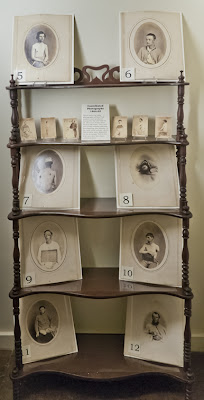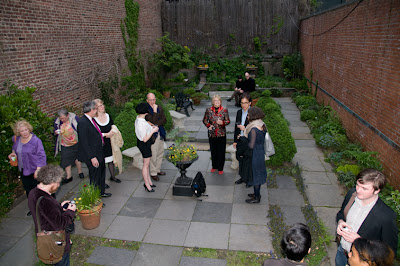 |
| Selections from The Burns Archives. Montage by Tim Milk. All photos courtesy The Burns Archive. |
If you still haven't made it to The Merchant's House to see the exhibit there is still time!
New York's Civil War Soldiers –
Photographs of Dr. R. B. Bontecou, Words of Walt Whitman.
Through Monday, August 1
Merchant's House Museum
29 East Fourth Street, New York, NY 10003
Open 12 to 5 p.m., Monday, Thursday, Friday, Saturday & Sunday.
To purchase our new photography book Shooting Soldiers: Civil War Medical Photography by R. B. Bontecou visit www.burnspress.com.
To purchase our new photography book Shooting Soldiers: Civil War Medical Photography by R. B. Bontecou visit www.burnspress.com.




















